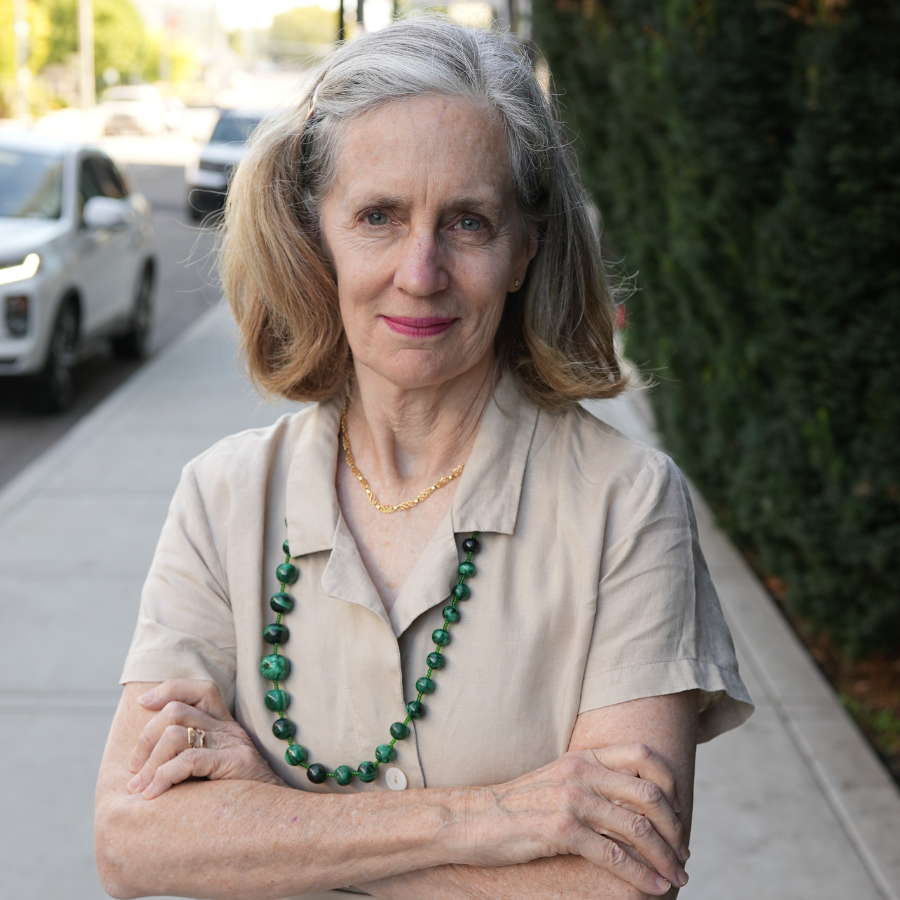Students at Northgate Elementary in Seattle are in the news. Sixty-one percent of its fifth-grade students passed the most recent state math test, administered this past spring, in May 2022.
While on its own this result is not impressive (the school still failed to teach 39% of students to the state standard), for a Seattle public school it’s a dramatic improvement. Last year only 16% of fifth graders received enough instruction to reach the state standard. Now these fifth-graders have the highest passing rate of any high-poverty school in the state.
So how was it done? The answer is that a caring outsider, Mike Preiner, created an after-school choice program called The Math Agency. Yet according to the School District, Dr. Preiner, who holds a Stanford PhD in applied physics, doesn’t count as a “teacher” because he’s not officially certified.
Oddly, this is the likely reason for his success. Dr. Preiner and his team of volunteer U.W. math students are not subject to WEA union work restrictions or certification limits. The program exists because it is run under the city Department of Parks and Recreation. Under union rules Dr. Preiner and his tutors are barred from the classroom. But as an “after school” activity they are free to do what they do best: Teach math.
The second reason is that this is a choice educational program. By breaking out of the monopoly model students are given access to an effective after-school tutoring program. The Math Agency doubled the academic growth of participating students by: 1) increasing time spent on drill; and 2) motivating students through weekly quizzes and holding a math competition every other week.
Dr. Preiner told Danny Westneat at The Seattle Times that he can deliver this model for $500 to $1,000 per student, a bargain by any standard. Public schools in Washington have $1.7 billion in unspent COVID relief funds, or about $1,500 extra for every student. In total, public schools have $18.7 billion a year, or $18,100 per student, more than tuition at most private schools.
The money to fund effective choice programs like The Math Agency is there. School officials just have to decide to give students access to it. Dropping certification barriers and pointless harmful work rules would show that school officials care more about helping kids than guarding political interests in the system.
Even better would be giving families direct access to education resources, as lawmakers in Arizona just did. In that state any family that requests it can receive up to $7,000 per child for education. A bill proposed in our state, HB 1633, would provide up to $10,000 per family, or a little over half of the per-student funding. So far the bill has been blocked in committee.
A majority of states, including many run by Democrats, provide families with state-funded education options. The idea is so popular that school choice programs are now common in 32 states and the District of Columbia.
Elected leaders in Washington like to think of us as the cutting edge in technology and aerospace, but we lag far behind in advances in education. Every now and then a successful local choice program, like the after-school Parks Department program at Northgate Elementary, pops up to show us what’s possible. Imagine what we could achieve for children if we broke down political barriers, dropped entrenched Old Think, and allowed all families access to innovative school choice programs.




